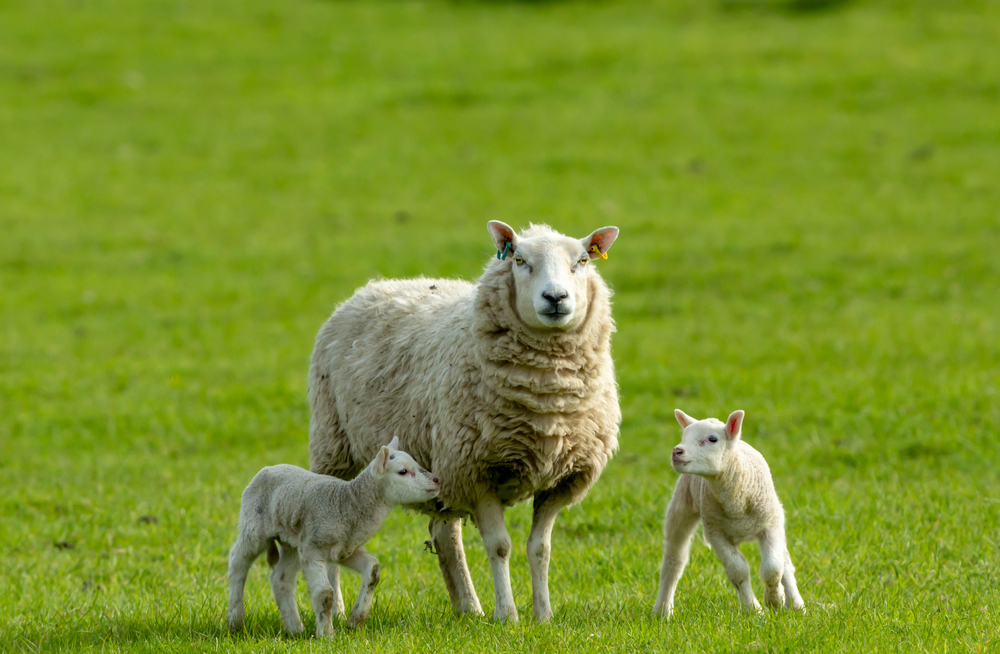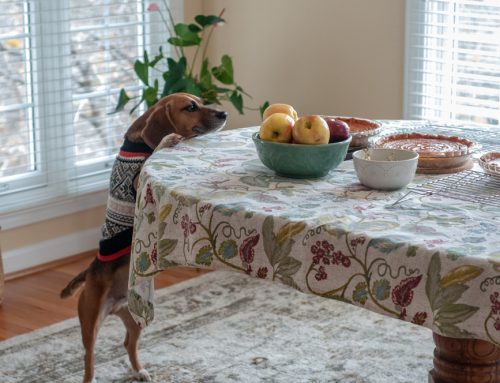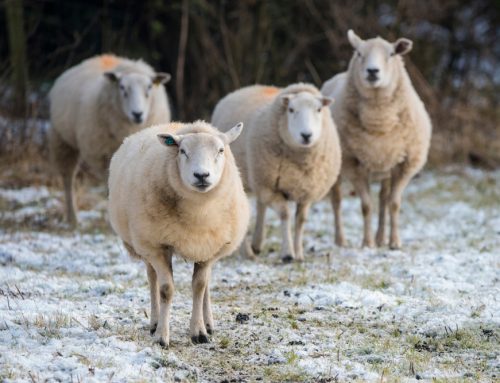If you have pregnant does or ewes, you are likely getting ready for kidding and lambing season. New lambs and kids are adorable, but serious complications can occur when they’re born, if you aren’t prepared. Our team at Sale Creek Veterinary Services wants to help by providing information about common kidding and lambing complications.
#1: Dystocia in does and ewes
Dystocia occurs when a doe or ewe has difficulty giving birth, and can be life-threatening for the mother and the baby. Yearling mothers are at higher risk for dystocia, and obesity and lack of exercise during late pregnancy also increase the chance of this serious problem. Normally, the birthing process proceeds through three stages:
- Stage 1 — Signs typically include restlessness, lying down and getting up frequently, kicking, pawing, and attempts to urinate. Vaginal discharge and obvious uterine contractions may also be present. This stage usually lasts one to eight hours, and ends when the fetal parts enter the birth canal.
- Stage 2 — The second stage of labor starts when the water sac breaks and a foot exits the birth canal. This stage lasts about 15 to 30 minutes per lamb or kid.
- Stage 3 — Stage three occurs when the placenta is passed, usually occurring 15 to 20 minutes after the last lamb or kid is birthed.
Dystocia can occur for many reasons, including a lamb or kid who is too large for the birth canal, twins presenting simultaneously, or a lamb or kid who is not in the proper presentation, position, or posture. Factors indicating your doe or ewe needs assistance include:
- Staying in stage one labor for longer than eight hours
- Straining in stage two labor for longer than 30 minutes, with no progress
- The water sac being visible for longer than one hour, but she is not trying to push
- Signs of severe distress or fatigue in the mother or baby
- The kid or lamb or kid visibly coming in an abnormal presentation
- The fetal membranes not passing 12 hours after delivery
If your doe or ewe needs assistance, clean her vulva, anus, and surrounding area well, removing all feces and dirt. Wash your hands well with soap and water, and apply a liberal amount of a lubricant jelly to your hands, arms, and her vaginal canal. If necessary, carefully reposition the baby, and apply traction to their limbs, coinciding with the mother’s contractions. You should seek professional veterinary help to correct the problem if no progress is made after 30 minutes of skilled effort, or you can’t determine the baby’s orientation after a few attempts.
#2: Prolapse in does and ewes
Does and ewes can experience different prolapse types during and after pregnancy.
- Vaginal prolapse — A vaginal prolapse appears as a pink or red mass protruding from the vagina, and may appear weeks before the delivery date. This condition occurs most commonly in heavily bred animals in late gestation, and typically occurs when the muscle tone is weak, and pressure from multiple fetuses, a full bladder, or coughing pushes on the vaginal tissue. Vaginal prolapses will typically resolve after your doe or ewe gives birth, but you should address the issue promptly, by rinsing the prolapsed area well and carefully reinserting the tissue, to avoid complications. If significant swelling is present, apply regular sugar to the tissue to decrease the swelling, and then reinsert the tissue. In some cases, the tissue has to be kept in place with sutures.
- Uterine prolapse — A uterine prolapse occurs after the kid or lamb is delivered, and is considered a veterinary emergency. You should keep the tissue clean and moist until a veterinarian arrives. Your doe or ewe will likely need antibiotics and anti-inflammatories after her uterus is reinserted and sutured in place. These animals should not be rebred.
#3: Milk fever in does and ewes

When your doe or ewe gives birth, they start producing milk, and require a large amount of calcium. While she has plenty of calcium reserves in her bones, if she has been fed a high calcium diet during her dry period, her body may not be able to adequately mobilize those calcium reserves when needed. This causes her blood calcium levels to fall to dangerous levels, resulting in milk fever. Initial signs include a stiff gait, incoordination, salivation, and decreased appetite. As the condition worsens, signs progress to bloat, collapse, coma, and potentially death. Milk fever is considered a veterinary emergency, and your animal will need intravenous administrations of calcium-containing products that also contain phosphorus, magnesium, and dextrose. Their heart will need monitoring during treatment, since arrhythmias can occur.
Milk fever can be prevented by not feeding high calcium feed, such as alfalfa, during late pregnancy. Feeding grass hay or pasture during the dry period allows your doe or ewe’s body to begin pulling calcium reserves from their bones, so their body is accustomed to this process when they start lactating. You can gradually increase their calcium intake after birth, to support their calcium needs during lactation.
Being prepared for potential kidding and lambing complications will help ensure you provide the best possible care for your mother and baby. If your doe or ewe is experiencing a complication associated with her pregnancy, contact our team at Sale Creek Veterinary Services as soon as possible, so we can help deliver a healthy kid or lamb.







Leave A Comment